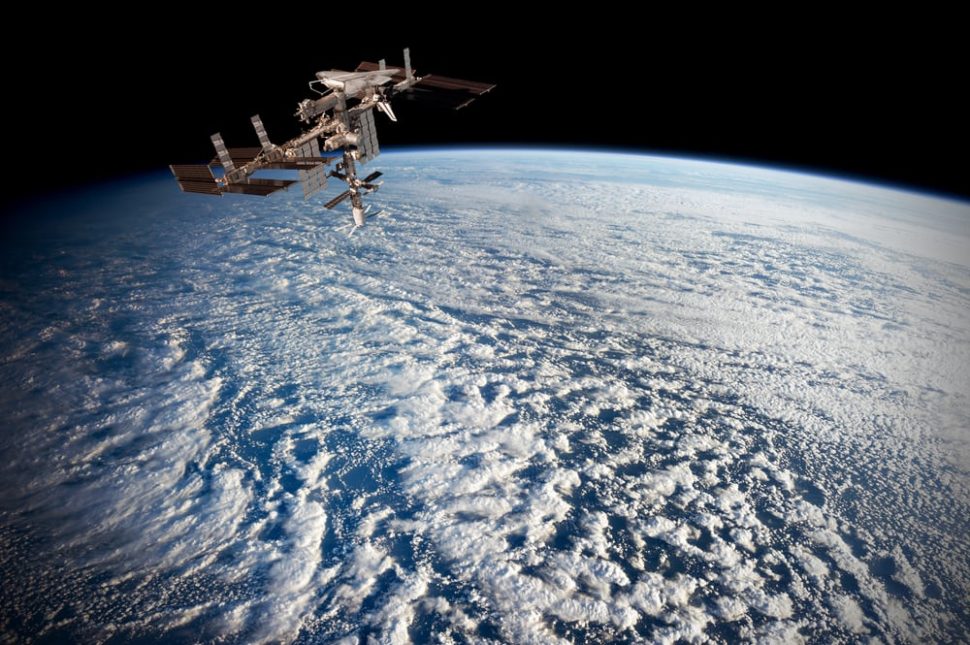NASA’s Cold Atom Laboratory, now orbiting Earth with the ISS, is producing extremely cold clouds of an exotic form of matter.
On 21 May 2018, NASA installed a small box-shaped device called the Cold Atom Laboratory onboard the International Space Station.
With temperatures billions of times colder than the vacuum of space, the Cold Atom Laboratory (CAL) is theoretically the coldest place in the Universe.
NASA’s CAL allows scientists to create the necessary conditions in orbit for ultra-cold atoms to observe and investigate their quantum properties.
Read More: NASA to use Lasers in Space to Create the Coldest Temperature in the Universe
About two months after its launch, CAL has already started producing clouds of ultracold atoms at temperatures that are a fraction above the Absolute Zero.
Creating Ultracold Bose-Einstein Condensates in Microgravity
While NASA, in an attempt to save $3-4 billion a year, is considering the privatization of the International Space Station, it’s continuing to use the platform’s facilities for its scientific operations as scheduled.
One of the latest additions to the U.S. laboratory module aboard the ISS is the Cold Atoms Lab, which has now officially started its mission.
NASA’s Jet Propulsion Laboratory announced that the CAL has just reached an ultracold temperature milestone.
Using rubidium atoms, CAL has generated clouds of Bose-Einstein Condensates (BECs) at temperatures as low as 100 nanoKelvin, or “10 billionths of a degree above Absolute Zero”.
Since the 1990s, scientists have been able to produce BECs in labs in many experiments, but CAL’s achievement marks the first time BECs are produced in microgravity, and at lower temperatures.
“Having a BEC experiment operating on the space station is a dream come true,” said Robert Thompson, NASA physicist and CAL project scientist. “It’s been a long, hard road to get here, but completely worth the struggle, because there’s so much we’re going to be able to do with this facility.”
Read More: Lab-created BEC Hums Tune Similar to the Early Universe
Absolute Zero equals 0 Kelvin (-273º C, -459º F, ), which is theoretically impossible to reach, as the average coldest temperature in the Known Universe is around 3 K (-454° F).
At 100 nanoKelvin, BEC molecules start exhibiting weird quantum phenomena that interest scientists for various research purposes.
BECs are not liquids, not gases, and not even plasma. They form their own fifth state of matter, which is unlike any other form we know of in that BEC atoms act as waves and behave as a whole.
Atoms behaving as waves, in contrast to particles, is a known phenomenon that occurs at the microscopic scale, thus difficult to investigate.
In a way, BECs scale the wave function up to macroscopic level, offering a unique opportunity for scientists to conveniently investigate strange quantum properties of matter.
BECs created on Earth only last for a very short time due to the planet’s gravitational pull. Whereas in orbit, researchers have a relatively long window (5-10 seconds) to study BECs and they can easily repeat the process throughout the day.
Now still in its project commissioning stage, CAL is expected to be available for scientific experiments by next September, and for three years.



















Comments (0)
Least Recent